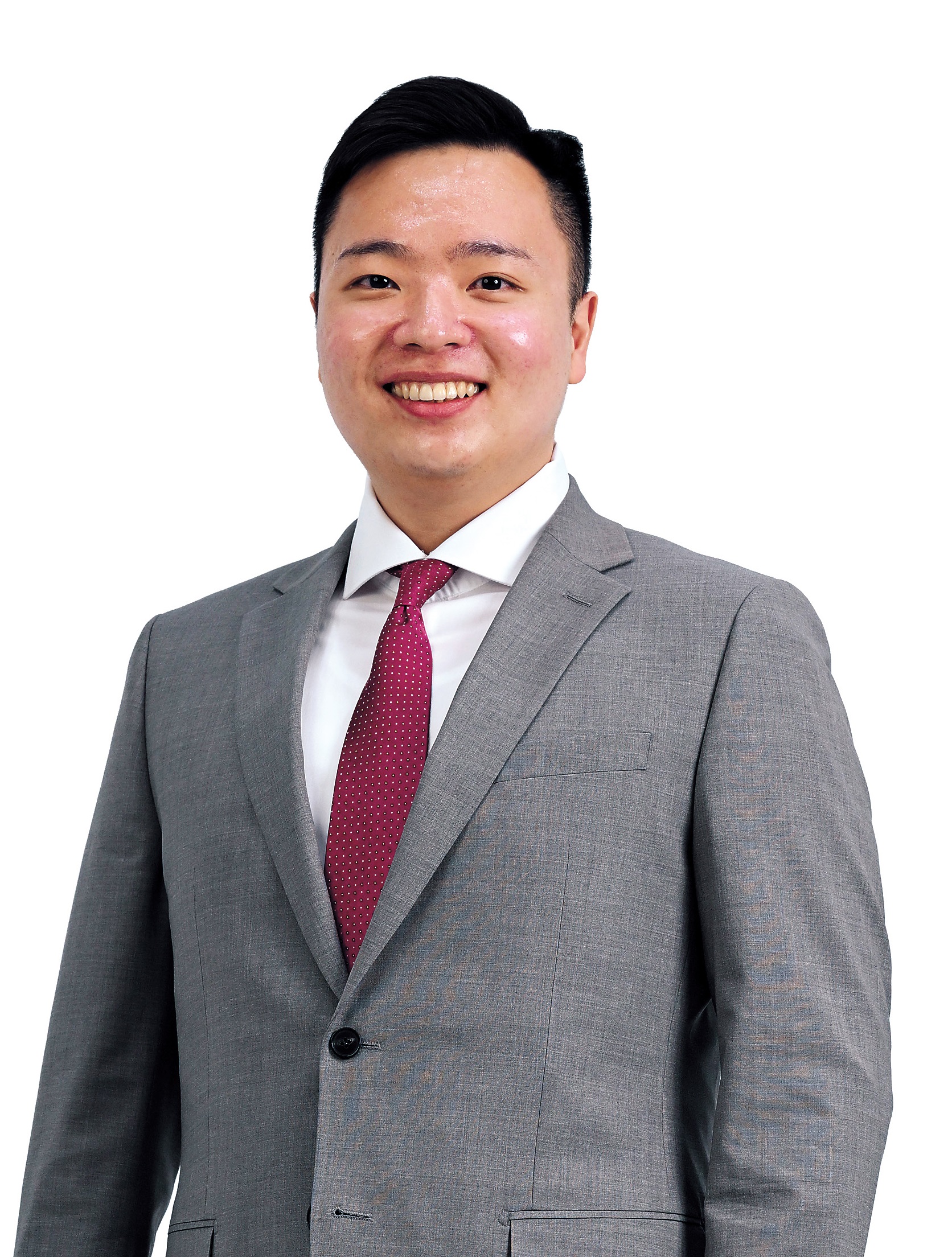[From the Scene] Posco sets path to green metal production
By Hwang Joo-youngPublished : June 26, 2024 - 14:01

POHANG, South Gyeongsang Province -- A significant experiment is underway at Posco's massive steel-making complex in Pohang, the industrial heart of South Korea, ushering eco-friendliness into the steel industry.
A four-story structure, with its safety fences painted in vivid yellow, houses electrode rods and storage for raw ironmaking materials. On Monday, the electric smelting furnace (ESF), which is usually housed within this structure, was temporarily laid out for overhaul separately as a roof and ladle -- the furnace pair crucial for melting scrap metal into molten iron using electricity, resulting in a substantial reduction in carbon dioxide emissions.
“Since the completion of this facility in January, we have successfully produced molten iron,” said Park Jae-hun, head of Posco’s electric furnace technology development group, during a press tour at a pilot plant within the company's Pohang Steelworks. “As we are still in the testing phase, we extract molten iron every three months.”
Unlike the previous electric arc furnace (EAF), the ESF technology can use various qualities of direct reduced iron (DRI) -- iron ore in the form of lumps, fines, or pellets that have had the oxygen removed using hydrogen and carbon monoxide.
This offers more potential than the EAF technology that relies solely on high-grade iron ores, providing greater flexibility to steel manufacturers according to market situations. For instance, while EAFs are limited in producing high-strength steel necessary for automotive applications, ESFs can control the composition of molten iron to produce high-quality steel suitable for car body panels.
This development is part of Posco's HyREX technology, aimed at industrial-scale commercialization to lead the company’s net-zero initiative by 2050. Earlier in 2020, Posco became the first among Asian steel manufacturers to announce its commitment to a net-zero carbon footprint.
"The global steel industry, including the US, Europe, Japan and China, is actively researching how to develop steel production without carbon emissions. Whoever achieves this first will set the future course of the industry,” said Cheon Si-yeol, head of Pohang Works.

The journey towards eco-friendly iron-making at Posco dates back to 1992 with the initiative to develop Finex technology, which uses iron ore fines and non-coking coal directly, bypassing the coke-making and sintering processes that are heavily carbon-intensive. This innovation not only cuts production costs but significantly reduces environmental emissions compared to the conventional blast furnace method. Currently, Posco operates two Finex plants with capacities of 1.5 million and 2.0 million tons per year, respectively.
Building on the success of Finex, the HyREX process employs hydrogen to convert fine iron ore into direct reduced iron, subsequently melted in the ESF to produce molten metal. This process, powered by green hydrogen and carbon dioxide-free renewable energy, targets near-zero emissions. The foundation of HyREX is the proven fluidized bed reactor technology, which currently uses hydrogen for approximately 25 percent of the reducing agents, with the goal of eventually using 100 percent hydrogen.
Additionally, Posco’s confidence in developing HyREX is bolstered by its extensive experience with the ESF technology from its affiliate, SNNC. Established in 2006 through a joint venture between Posco and New Caledonia’s largest nickel ore export company, SMSP, SNNC operates two of the world's largest single-capacity ESFs for supplying nickel and is the only company in Korea with the expertise to manage these furnaces reliably. This experience, combined with Posco's innovation in reducing carbon emissions from Finex, underpins their commitment to advancing HyREX technology.
In the meantime, a Posco engineer highlighted that the new ironmaking process' significant electricity usage also falls under the company's green initiative. “The basic principle of hydrogen reduction is based on 'green hydrogen,' aligning with our commitment to zero-carbon electricity for both hydrogen production and facility operations.”
To secure green power, Posco has proactively invested in solar panel installations on factory roofs and in parking lots and expanded renewable energy use through direct power purchase agreements and renewable energy certificates. The company is also securing an overseas supply chain to mitigate domestic instability in renewable energy availability.






![[BIMOS 2024] Hyundai Motor premieres Casper Electric](http://res.heraldm.com/phpwas/restmb_idxmake.php?idx=644&simg=/content/image/2024/06/27/20240627050590_0.jpg&u=20240627175051)

![[Today’s K-pop] Stray Kids turn chic in album teaser](http://res.heraldm.com/phpwas/restmb_idxmake.php?idx=644&simg=/content/image/2024/06/27/20240627050720_0.jpg&u=)










![[Today’s K-pop] Le Sserafim gearing up for August return: report](http://res.heraldm.com/phpwas/restmb_idxmake.php?idx=642&simg=/content/image/2024/06/28/20240628050614_0.jpg&u=)